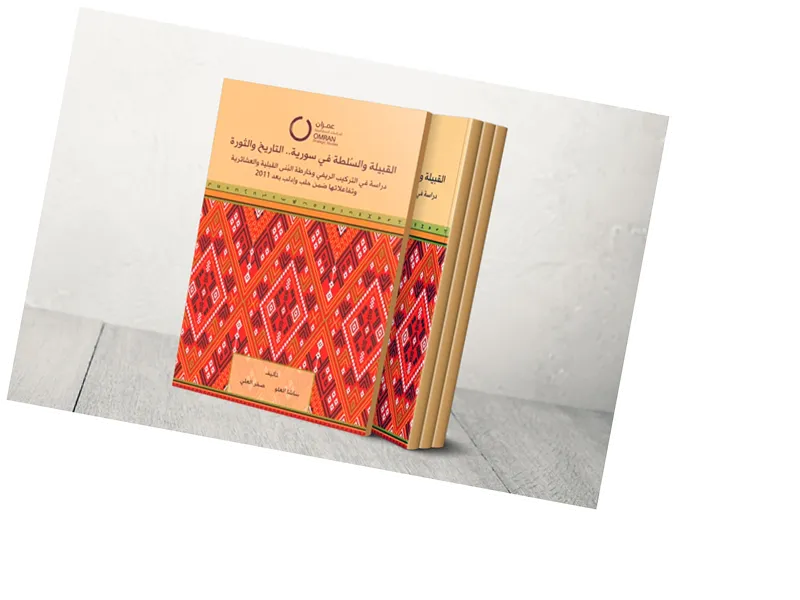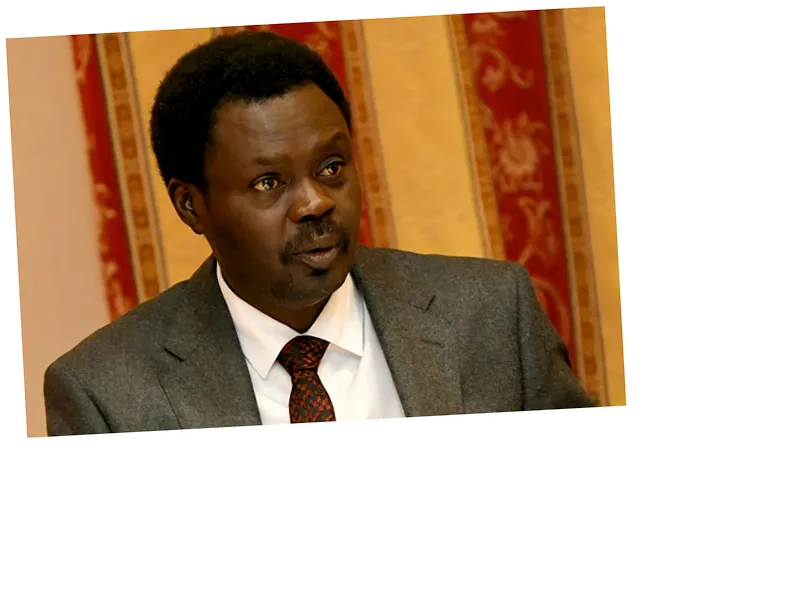The Role of Tribes in the Syrian Revolution
The newly published book, “Tribe and Power in Syria: History and Revolution,” delves into the sociological and anthropological significance of tribes in Syria's ongoing conflict. Since the onset of the revolution in 2011, tribes have emerged as pivotal players, influencing key events and shaping the dynamics of resistance against the regime. The authors, Sasha Al-Alou and Sakhr Al-Ali, provide a comprehensive analysis of the interactions among various tribal structures, particularly in the Aleppo and Idlib regions, revealing their historical evolution and current implications.
Understanding Tribal Structures and Their Impact
The book meticulously outlines the tribal and clan structures in northwest Syria, highlighting their historical relationships with successive authorities. It categorizes the tribes by ethnicity, including Arab, Kurdish, and Circassian, and presents a detailed survey of their geographical distribution. This analysis is crucial for understanding how these groups have navigated the complexities of the Syrian conflict, including their military involvements and the formation of new tribal councils post-2016. The authors emphasize that these tribal dynamics have significantly influenced local governance and military strategies in the region.
Forced Displacement and Its Consequences
One of the critical themes explored in the book is the forced displacement experienced by tribal communities during the Syrian conflict. The authors document the demographic shifts and the redrawing of tribal maps due to ongoing violence and political upheaval. They present statistical data on the number of displaced tribes and the geographical areas affected, underscoring the profound impact of conflict on the social fabric of northern Syria. This examination sheds light on the resilience and adaptability of tribal structures amidst adversity, offering valuable insights into their future roles in the region.






